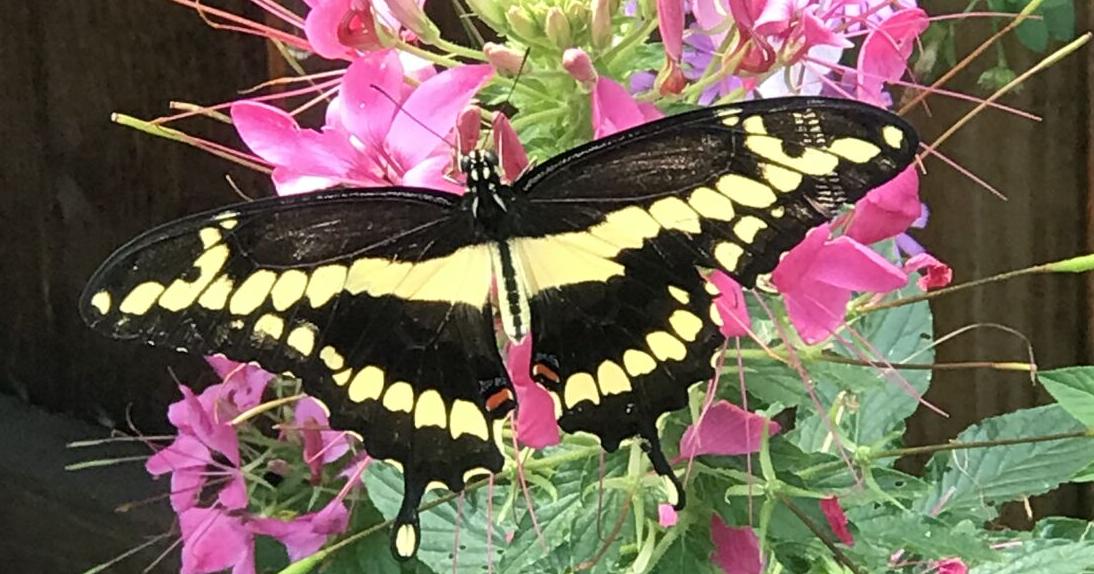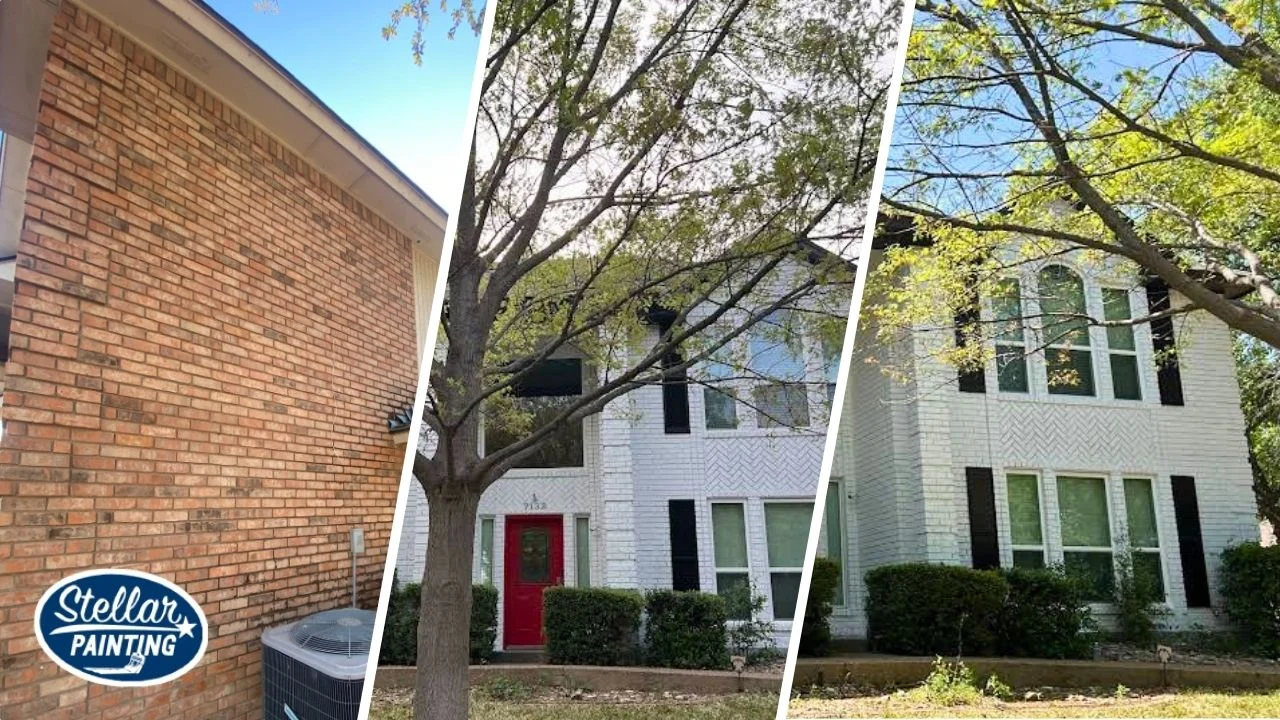Shingles on a roof may be unremarkable to most. But to painters in Key West, they’re an opportunity to express the island’s deep history through artwork.
To commemorate the 79th anniversary of former President Harry S. Truman taking office, staff at the Truman Little White House in Key West put on an outdoor painting event. The event tied art and history with its unusual choice of canvas: original roof shingles that were installed at the museum in 1911, when the building was converted from U.S. Navy quarters into single-family housing.
Three people, all local residents, came to partake in the outdoor painting — known as a plein air — and capture the likeness of the Little White House on the 1911 shingles.
“There’s something sort of magical about it that is not like painting in the studio or painting from a photograph,” said Fran Decker, an attendee and full-time Key West artist.
Painting on roof shingles is somewhat of a Key West painting tradition dating back to the 1980s.
The practice began with artist Rick Worth, who pioneered painting on roof tiles dubbed “candy bars.” The technique pays homage to a traditional building style that’s typical of Old Town Key West, expressing the island’s story through both the medium choice and painted image.
“It adds a whole historical layer onto it,” Decker said. “I love the authenticity of doing it that way.”
Decker is a Florida Keys resident of 36 years and former marine biologist for The Nature Conservancy turned full-time, self-employed artist. Her portrayal of the Little White House was wildly expressive, characterized by bright color choice and carefully included details like twisted gumbo limbo branches and a breadfruit tree.

“Before there were cameras, before there were video cameras and media and the internet, art was the only way to capture things,” she said. “So art is very important from a historical point of view.”
Also in attendance at the event was the great grandson of President Truman, Wesley Truman Daniel, a professional painter and student art history teacher. Donning a tropical patterned shirt that was originally his great grandfather’s, Daniel helped to facilitate the event and created his own roof-shingle painting in a neon, pop art style.
READ MORE: Architects are fortifying Key West’s historic courthouse against Cat 5 hurricane winds
“We hold a pretty big legacy in our family,” Daniel said. “And I think it’s important to keep that alive and offer as much as I can for the foundation so that they can keep continuing tours, keep growing the knowledge base for this and keep all this history alive.”
Although it was a celebration to commemorate the anniversary of Truman taking office, the event was also a competition, with the winner having their piece hung at the museum among several other artists.
“One of the greatest ways that we’ve used art over the years is to help tell the island’s history,” said Clinton Curry, the executive director of the Key West Harry S. Truman foundation.
It was a desire to have artists preserve their image of the house, like many have done on the island before, that was the motivation for the plein air event, according to Curry.
Art as a medium for preserving Key West’s history fell into focus during the Great Depression, when, according to Curry, the island was believed to be one of the poorest cities in the country. In the mid-1930s, the Works Progress Administration, under President Franklin Roosevelt was created. The WPA initiative drew several artists to Key West, whose work helped advertise the island’s charm and restore its tourist economy.
Decker was chosen the competition winner by attendees at an evening concert on the little white house lawn. Now, her roof shingle painting is on display in the foundation suite among other works including one from WPA-era artist Martha Watson Sauer.











